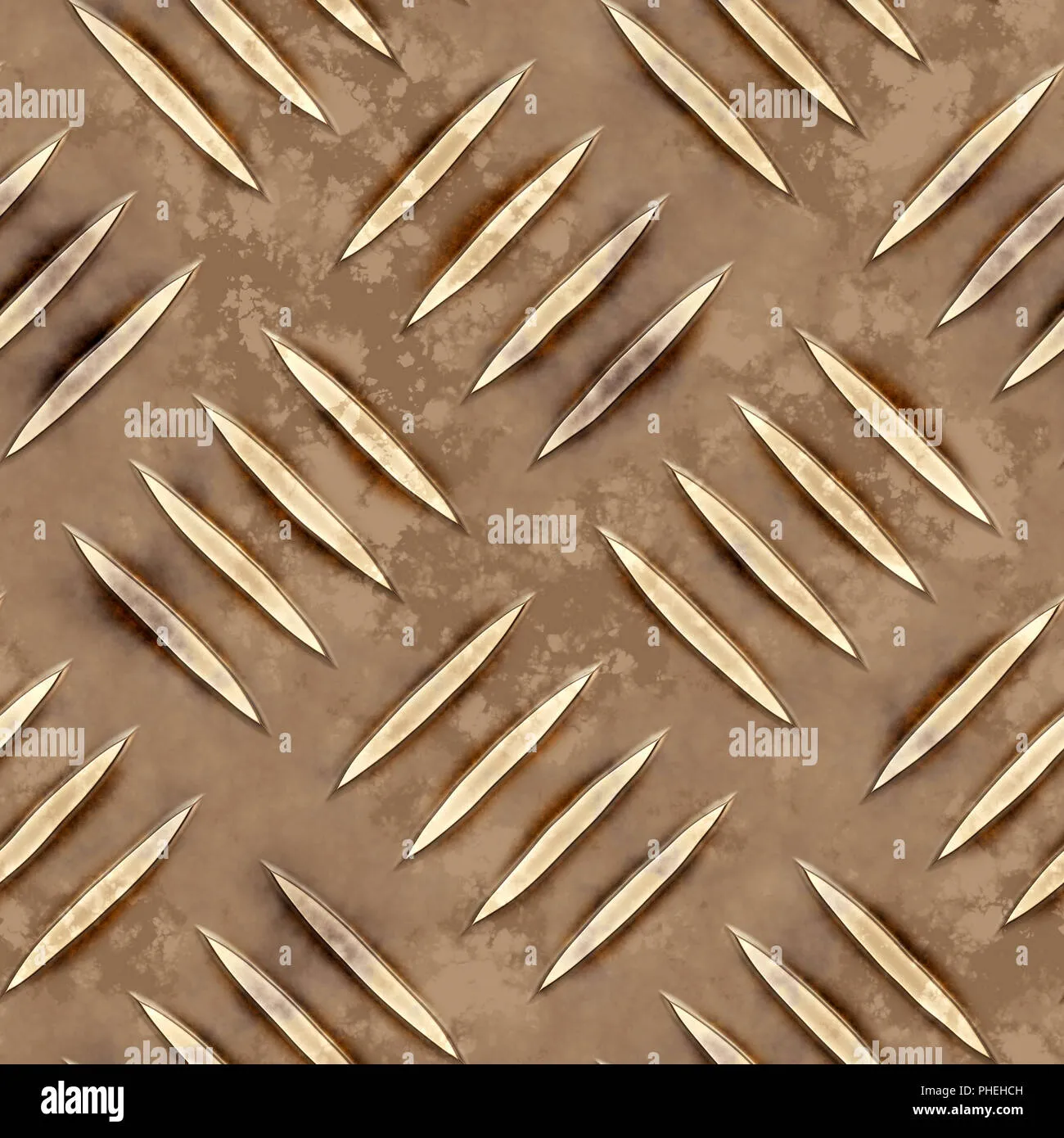Diecast metal models are a beloved hobby for many. These miniature replicas of cars, trucks, and other vehicles are often prized for their detail and craftsmanship. However, like any metal object, diecast models are susceptible to rust. This article explores the fascinating world of diecast metal, the factors that contribute to rust, and, most importantly, how to protect your prized collection from this damaging process. Understanding how to care for these models is crucial for maintaining their value and ensuring their longevity, allowing you to enjoy them for years to come. Let’s dive into the essential aspects of diecast metal and its vulnerability to rust.
What is Diecast Metal
Diecast metal refers to a manufacturing process that uses molten metal, typically zinc, aluminum, or a combination of alloys, to create intricate parts. This process involves injecting the molten metal under high pressure into a mold, which then cools and solidifies the metal into the desired shape. This method is particularly well-suited for producing detailed and complex shapes, making it ideal for creating miniature vehicles and other collectibles. The resulting diecast models are known for their durability and the ability to capture fine details, making them highly sought-after by collectors and enthusiasts. The popularity of diecast metal lies in its ability to replicate real-world objects with impressive accuracy.
Composition of Diecast Metal
The composition of diecast metal significantly influences its susceptibility to rust. The most common base metals used in diecast manufacturing include zinc, aluminum, and various alloys. Zinc-based diecast, while cost-effective, is often more prone to corrosion if not properly treated. Aluminum-based diecast, on the other hand, tends to be more resistant to rust due to the formation of a protective oxide layer on its surface. The specific alloy used can also affect the metal’s resistance to corrosion, with some alloys containing elements that enhance their durability and protective properties. Understanding the composition is key to effective rust prevention and maintenance of diecast metal models.
Common Metals Used
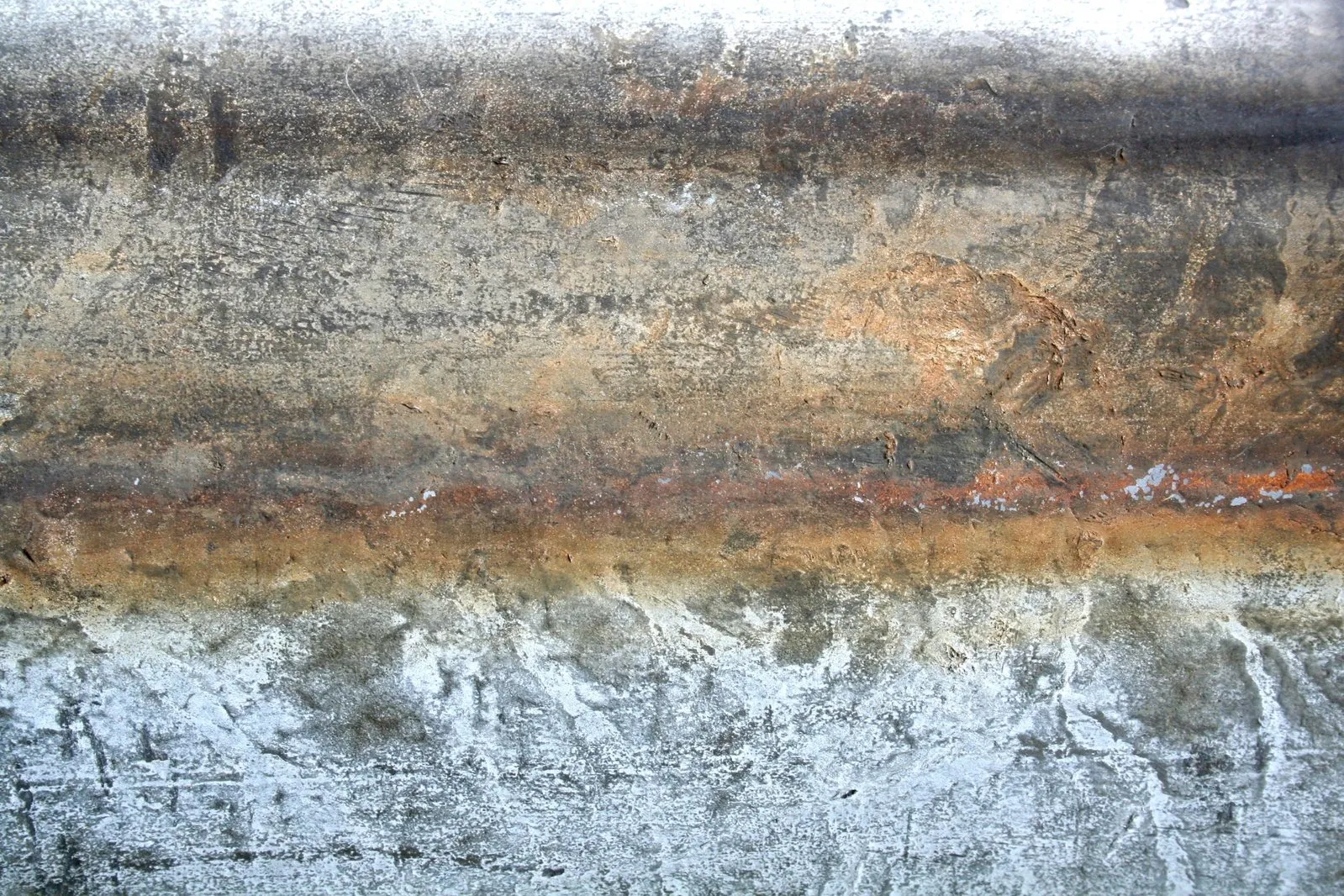
The most prevalent metals used in diecast metal production include zinc alloys, aluminum alloys, and magnesium alloys. Zinc alloys are favored for their low melting point and ability to produce detailed castings. Aluminum alloys are selected for their lightweight properties and enhanced corrosion resistance, which is beneficial in humid environments. Magnesium alloys are used for their strength-to-weight ratio, although they can be more reactive in certain conditions. Each metal has its advantages and disadvantages in terms of rust resistance, which is a crucial factor in diecast model preservation. Choosing the right alloy for your model is a significant step in ensuring its longevity and preserving its appearance over time.
Factors that Cause Diecast Metal Rust
Several factors can accelerate the rusting process in diecast metal models. These factors often involve environmental conditions and improper handling and storage. Understanding these elements will help you take preventive measures to protect your valuable collection. Moisture, salts, and improper storage conditions are some of the most significant contributors to rust formation. Addressing these factors can help you avoid damage and maintain the pristine condition of your diecast models.
Exposure to Moisture
Moisture is a primary catalyst for rust formation. When diecast metal is exposed to humidity or water, the presence of oxygen causes the metal to oxidize, leading to rust. The rate of rusting increases significantly in humid environments or if the models are stored in damp conditions. This is particularly true for zinc-based diecast models, which are more susceptible to corrosion. Therefore, controlling the moisture levels where your models are stored is essential for rust prevention. Using dehumidifiers or storing models in a dry, climate-controlled environment is often recommended.
Presence of Salts
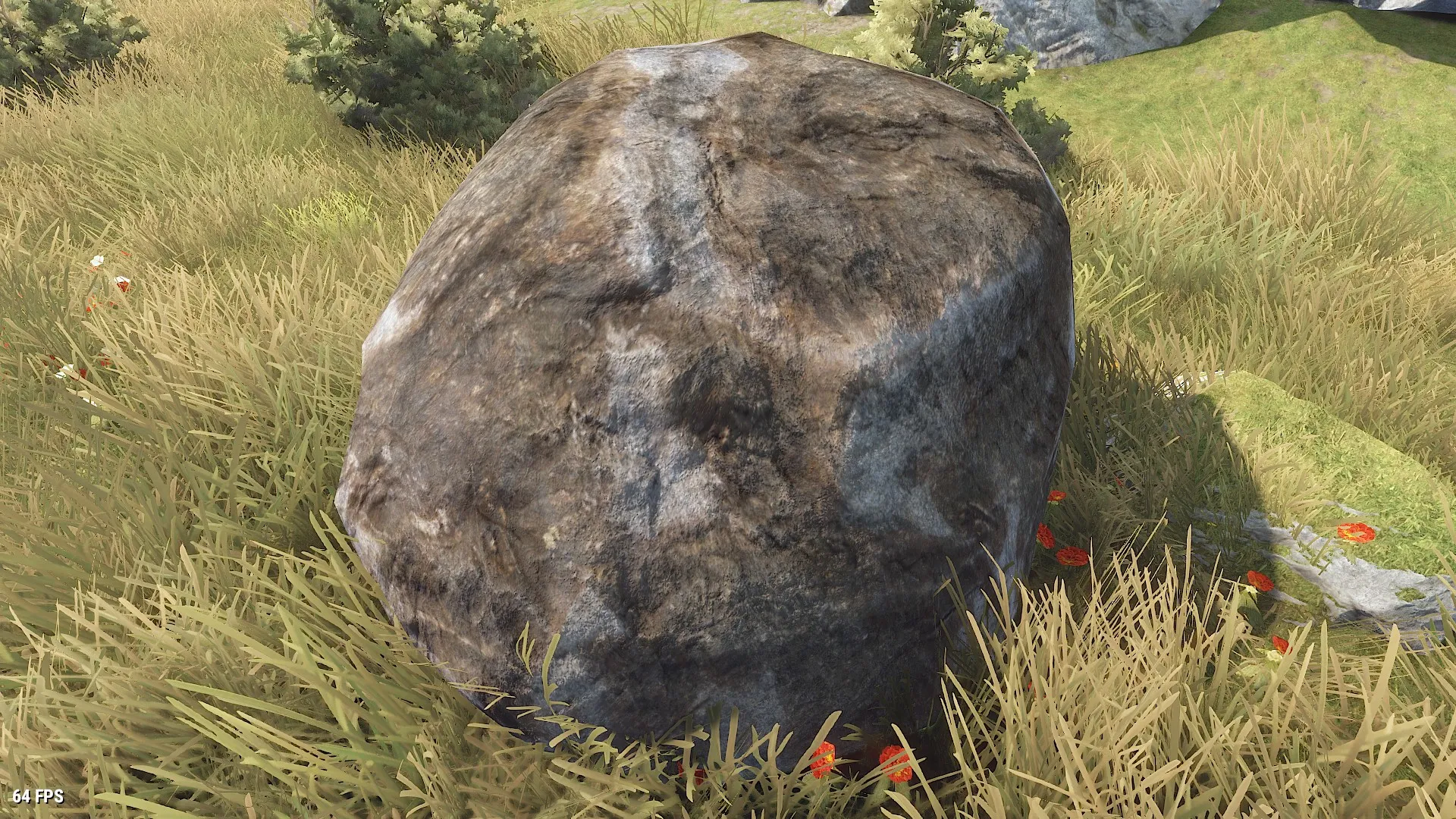
The presence of salts, whether from the air, handling, or cleaning products, can drastically accelerate the rusting process. Salts act as electrolytes, enhancing the electrochemical reaction that causes rust. Coastal environments, where saltwater exposure is common, pose a higher risk to diecast models. Even handling models with sweaty hands can introduce salts that promote corrosion. Cleaning products containing salt or storing models near salty materials also increases the risk. Ensuring your models are stored in a clean, salt-free environment and regular cleaning with appropriate products are vital in preventing rust.
Improper Storage
Improper storage can create conditions that favor rust formation. Storing diecast models in basements, attics, or garages, where temperature and humidity fluctuate, can be particularly detrimental. Direct exposure to sunlight, which can cause temperature changes and promote condensation, is also harmful. Storing models in airtight containers without proper ventilation can trap moisture, accelerating the rusting process. The ideal storage environment for diecast models is a cool, dry, and stable environment with minimal temperature and humidity fluctuations. Proper storage includes using ventilated display cases or storage boxes and avoiding direct exposure to sunlight and extreme temperatures.
Top 5 Facts About Diecast Metal Rust
Here are the top 5 facts that every diecast metal enthusiast should know about rust. These facts highlight the importance of preventive measures and proper care to preserve the beauty and value of your collection. From understanding the initial signs of rust to learning the best methods for prevention, these facts are crucial for every collector.
Rust can form on the surface
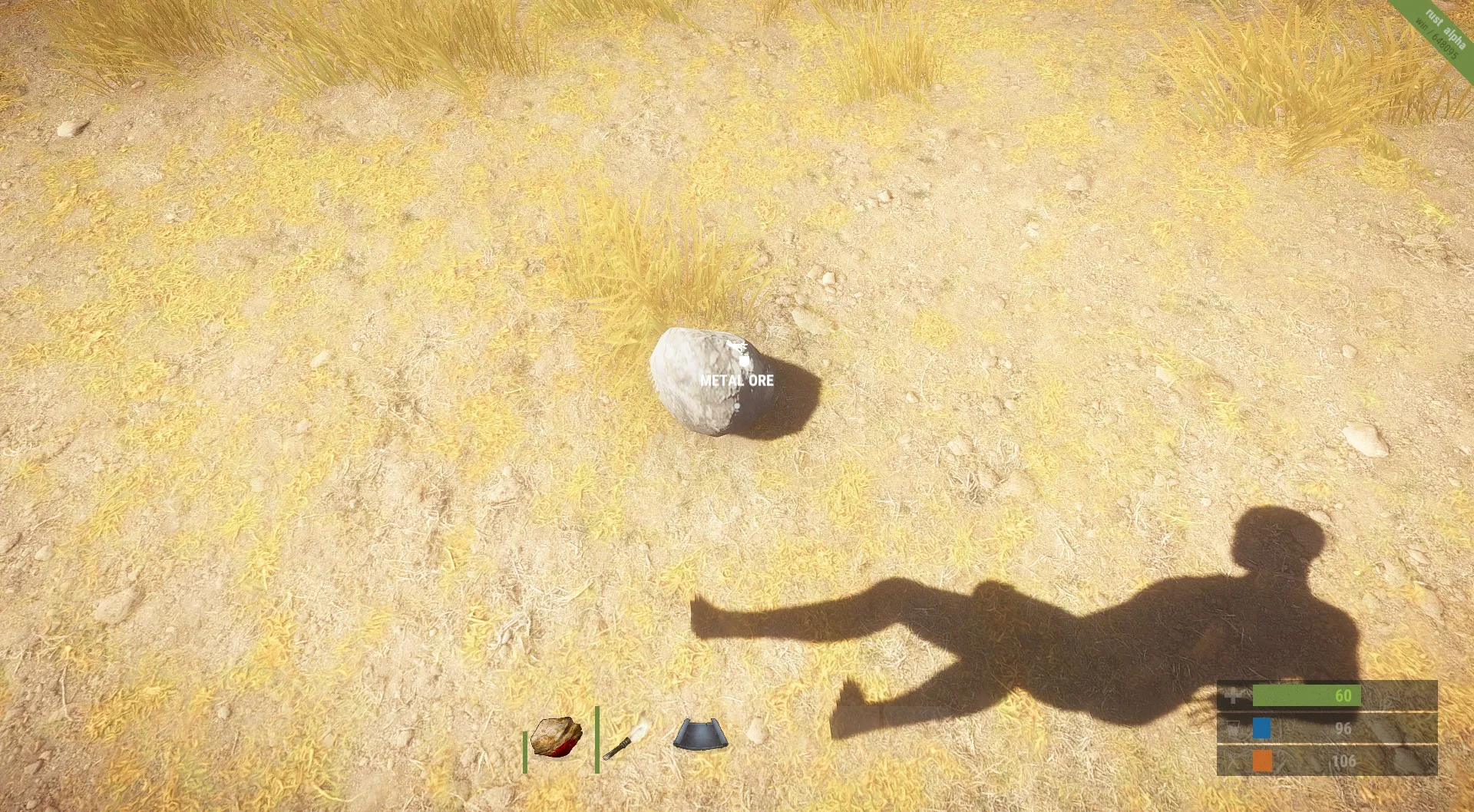
Rust begins as a surface phenomenon. Initially, it appears as a discoloration or slight orange-brown film on the metal’s surface. This early stage is crucial because it indicates the beginning of the oxidation process. Recognizing these initial signs can help you take prompt action to prevent the rust from spreading and causing more significant damage. Regular inspection of your models is essential to identify and address surface rust early, before it becomes a serious problem. Early detection is key to effective rust removal and prevention.
Rust can be accelerated by environmental factors
Environmental conditions such as humidity, temperature fluctuations, and the presence of pollutants dramatically accelerate rust formation. High humidity creates an ideal environment for oxidation, while fluctuating temperatures can lead to condensation, exacerbating the problem. Air pollution, including industrial emissions and airborne salts, further contributes to corrosion. Storing your models in a controlled environment, away from these harmful factors, is vital for protecting them from rust. Climate-controlled storage or display cases are highly recommended for preserving the condition of your diecast collection, ensuring the models remain in pristine condition.
Rust can weaken the metal
As rust progresses, it can significantly weaken the metal structure of your diecast models. Rust is a form of corrosion that consumes the metal, leading to pitting, flaking, and ultimately, structural failure. Over time, this degradation can cause the metal to become brittle and prone to damage, potentially compromising the model’s intricate details and overall integrity. Regular maintenance and rust prevention are not only about aesthetics but also about preserving the structural integrity and value of your diecast models for future enjoyment.
Rust can affect the appearance
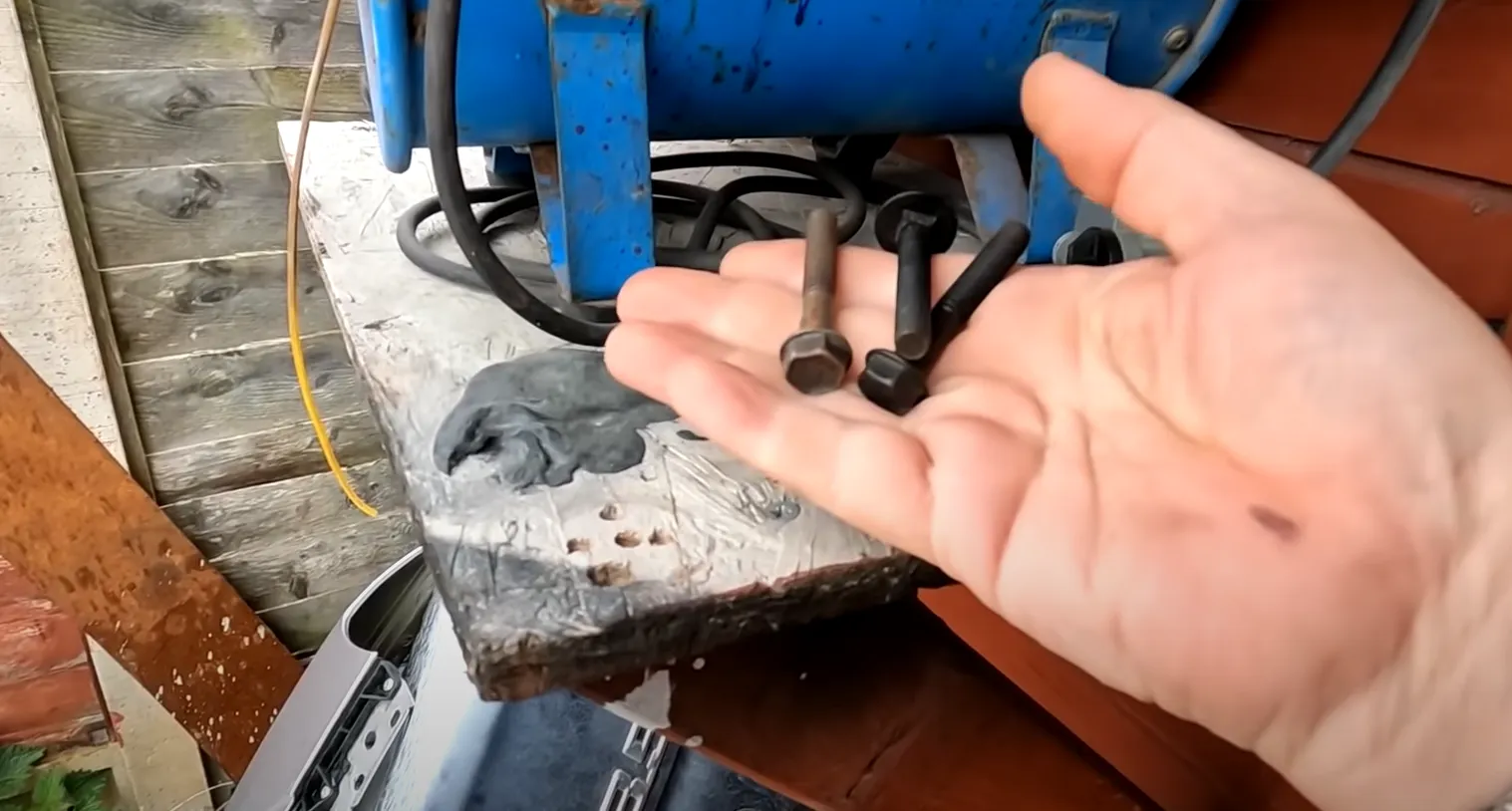
Rust is unsightly and can significantly detract from the aesthetic appeal of diecast models. The orange-brown discoloration and the formation of rust flakes mar the original finish and the fine details. This visible damage can decrease the model’s value and diminish the enjoyment of your collection. Addressing rust immediately and maintaining your models can prevent further damage and ensure that your models maintain their original visual appeal. Preserving the original look of the models is essential for both aesthetic pleasure and for collectors.
Rust is preventable
The good news is that rust is preventable with the right care and maintenance. Implementing preventative measures such as proper storage, regular cleaning, and protective coatings can significantly reduce the risk of rust formation. By understanding the factors that contribute to rust and taking proactive steps to mitigate them, you can protect your diecast models and ensure that they remain in excellent condition for many years. Prevention is always better than cure when it comes to rust, so start implementing preventative measures today.
How to Prevent Diecast Metal Rust
Preventing rust in diecast metal models requires a multifaceted approach, including proper storage, regular cleaning, and protective coatings. These practices will significantly extend the lifespan of your models and maintain their aesthetic appeal. Implementing these methods consistently will provide the best protection and ensure your collection remains in excellent condition.
Proper Storage
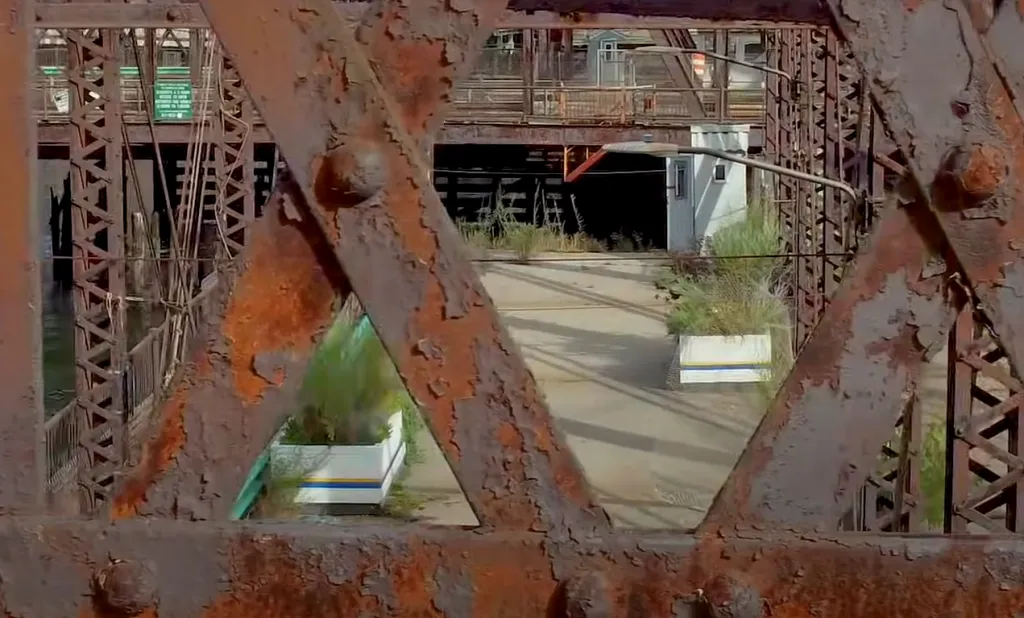
Storing your diecast models in a cool, dry environment is the first line of defense against rust. Avoid storing models in areas with high humidity, such as basements or attics, and instead opt for climate-controlled rooms or display cases. Ensure that the storage area has good ventilation to prevent moisture buildup. Avoid direct sunlight as it can cause temperature fluctuations. Using silica gel packets in storage containers can also help absorb excess moisture. By providing a stable and controlled environment, you minimize the risk of rust formation and protect your collection from environmental damage.
Regular Cleaning
Regular cleaning is essential for removing dust, dirt, and any corrosive substances that may come into contact with your models. Use a soft, dry cloth or a microfiber cloth to gently wipe down your models regularly. Avoid using abrasive cleaners or harsh chemicals that could damage the paint or protective coatings. For more thorough cleaning, use a mild soap solution and ensure the models are completely dry before returning them to storage. Consistent and gentle cleaning will remove potential rust-causing elements and help maintain the pristine condition of your diecast collection. Always handle your models with clean hands to prevent the transfer of oils and salts.
Protective Coatings
Applying protective coatings is another effective way to prevent rust. Consider using a clear coat or wax specifically designed for metal surfaces. These coatings create a barrier between the metal and the environment, protecting it from moisture and other corrosive elements. Ensure the surface is clean and dry before application. Follow the manufacturer’s instructions for the best results. Reapplying the coating periodically will maintain its protective properties. These protective measures will significantly extend the life and beauty of your models, protecting them from the harmful effects of rust. This proactive approach will safeguard your collection for years to come.
Maintenance and Care

Maintaining and caring for your diecast metal models will help prevent rust and keep them in excellent condition. This involves regular inspections, cleaning, and protective measures, along with a few additional steps. By incorporating these practices into your routine, you can protect your investment and enjoy your models for many years. Understanding the materials, environmental factors, and preventive methods discussed in this article will help preserve your collection and maintain their beauty.
In conclusion, diecast metal models are susceptible to rust due to their metal composition and exposure to environmental factors. Understanding the causes of rust, the top 5 facts associated with it, and implementing the right prevention and care strategies is essential for preserving your collection. By following the guidelines on proper storage, regular cleaning, and protective coatings, you can significantly extend the lifespan and beauty of your diecast models, ensuring they remain a cherished part of your collection for years to come.
